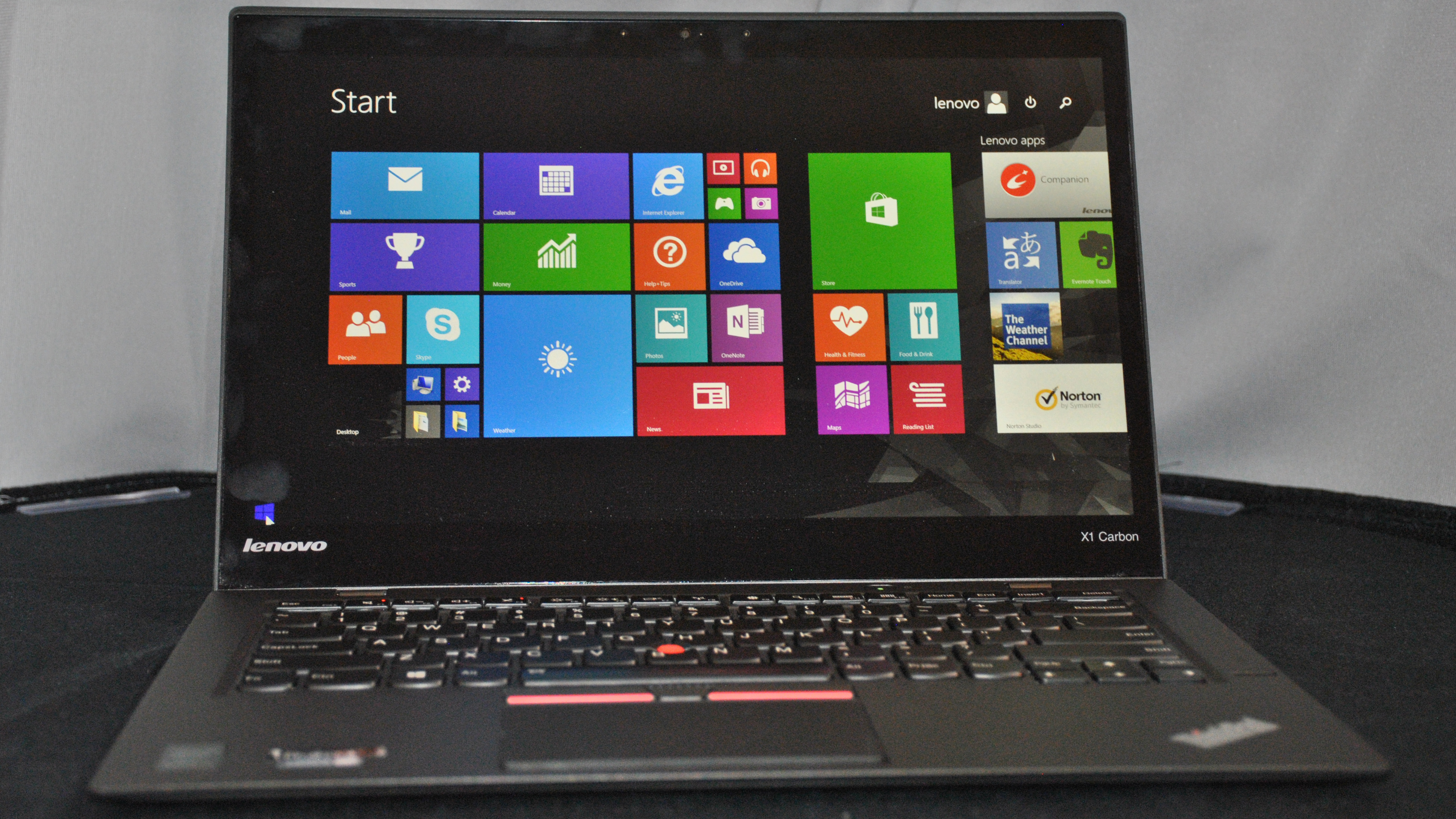Intel's Broadwell-U CPUs promise big battery boost and faster gaming
Is this is the tech that will power the next MacBook Air?

Intel has unveiled its fifth generation Core processor family, commonly known as Broadwell-U, one that supersedes Ivy Bridge and complements the company's existing Core M processor range – which targets products focused on mobility.
The new processors are generally smaller than their previous counterparts while cramming significantly more transistors (35% more transistors on a die that's 37% smaller).
While productivity benchmarks are almost flat (up by 4%), others like video conversion (50% faster), 3D graphics (up 22%) and battery life (up 90 minutes) shows that Intel's 5th generation CPU is going the right way.
Beyond the introduction of these new processors though is the promise of augmented functionality across the board. A quick look at the processor map shows that the actual CPU only occupy a very small faction of the die.
Gamer's dozen
Expect much better graphics performance with DirectX 12 baked in and 4K resolution promised even in Wireless Display mode as well as improved sound with its smart sound technology.
There's also a number of associated technologies that Intel expects its partners to roll out together with Broadwell-U. These will include RealSense, Voice assistant, Wireless Gigabit Docking and Biometric password capabilities.
Products have already started shipping (with high end laptops like the new Thinkpad X1 Carbon likely to be the first candidates). Expect many more to come over the next few months and in the build up to Windows 10.
Sign up to the TechRadar Pro newsletter to get all the top news, opinion, features and guidance your business needs to succeed!

Désiré has been musing and writing about technology during a career spanning four decades. He dabbled in website builders and web hosting when DHTML and frames were in vogue and started narrating about the impact of technology on society just before the start of the Y2K hysteria at the turn of the last millennium.